Unlocking Potential: Embrace Hybrid Training Inclusivity
Creating an Inclusive Environment: Strategies for Ensuring Participation in Hybrid Training
Hybrid training combines in-person and online elements, offering a flexible learning environment. This approach caters to diverse needs. However, ensuring equal participation for all participants remains a challenge. Here are strategies to foster inclusivity in hybrid training.
Understand Your Audience
Assess Participants’ Needs
Before any training session, assess participants’ needs and preferences. Conduct surveys, interviews, or informal discussions to gather information about their backgrounds and learning styles.
Understanding your audience allows you to tailor your approach. Some participants prefer visual aids, while others thrive in hands-on activities. Gathering this information helps design a relevant training program, enhancing engagement and learning outcomes.
Provide Options for Engagement
Not everyone feels comfortable speaking in large groups, especially in hybrid settings. Provide multiple channels for interaction to address this issue.
Utilize chat features, polls, and breakout rooms during virtual sessions. Allow participants to share thoughts without the pressure of speaking in front of a large audience. In-person participants can also contribute through shared digital platforms. This approach accommodates various communication styles and comfort levels.
Foster a Supportive Atmosphere
Encourage Open Communication
Create a supportive environment where participants feel safe sharing their thoughts. Encourage open communication by establishing ground rules that promote respect and active listening.
For example, you might say, “Let’s ensure everyone has a chance to speak without interruption.” This encourages quieter participants and reinforces the value of all voices. Consider providing anonymous feedback options to allow participants to express their thoughts freely.
Train Facilitators on Inclusivity
Facilitators play a crucial role in promoting inclusivity. Train all facilitators on inclusivity principles, bias recognition, and engagement strategies. A well-trained facilitator creates an inviting atmosphere and encourages participation.
Facilitators should practice active listening and observe non-verbal cues. Recognizing when someone needs encouragement or when discussions require redirection helps create an inclusive environment.
Leverage Technology Wisely
Use Accessible Tools
Select technology that promotes accessibility and inclusion. Choose tools that all participants can easily use regardless of their backgrounds or abilities.
Conclusion
Implementing these strategies fosters an inclusive environment in hybrid training. Tailoring approaches, encouraging communication, and training facilitators enhance participant engagement.
Below are related products based on this post:
FAQ
What strategies can be used to assess participants’ needs in hybrid training?
Before the training session, conduct surveys, interviews, or informal discussions to gather information about participants’ backgrounds and learning styles. This understanding allows you to tailor your approach effectively, catering to different preferences such as visual aids or hands-on activities.
How can facilitators create a supportive atmosphere for participants?
Facilitators can foster a supportive environment by encouraging open communication and establishing ground rules that promote respect and active listening. They should ensure everyone has a chance to speak without interruption and consider providing anonymous feedback options for participants to express their thoughts freely.
What role does technology play in promoting inclusivity in hybrid training?
Technology plays a vital role in fostering inclusivity by providing accessible tools that all participants can easily use, regardless of their backgrounds or abilities. Utilizing features like chat, polls, and breakout rooms can help accommodate various communication styles and comfort levels, ensuring equal participation for everyone.
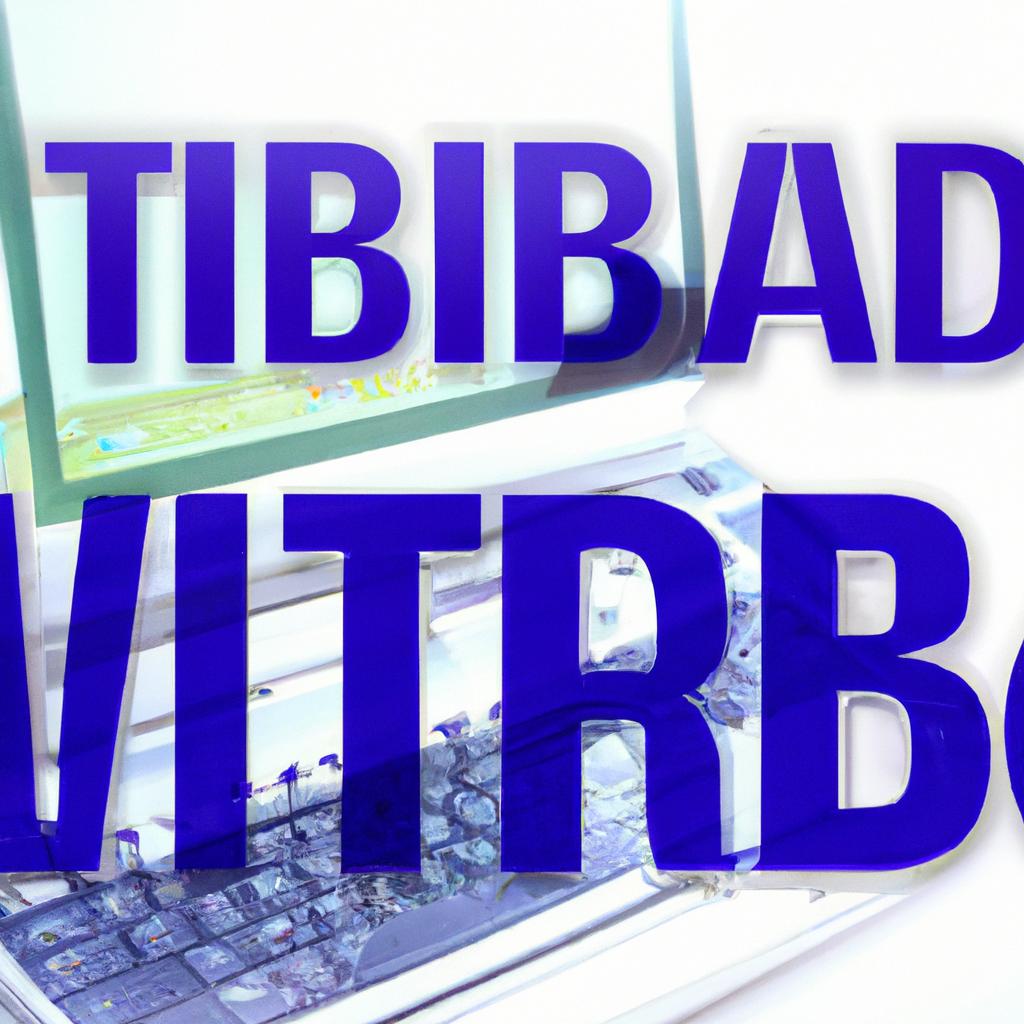

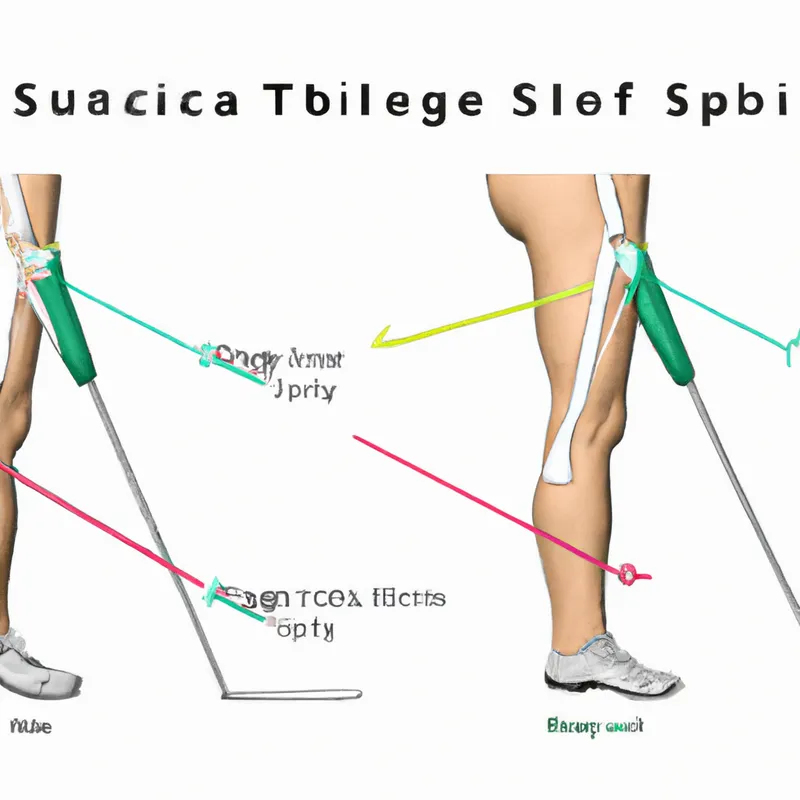
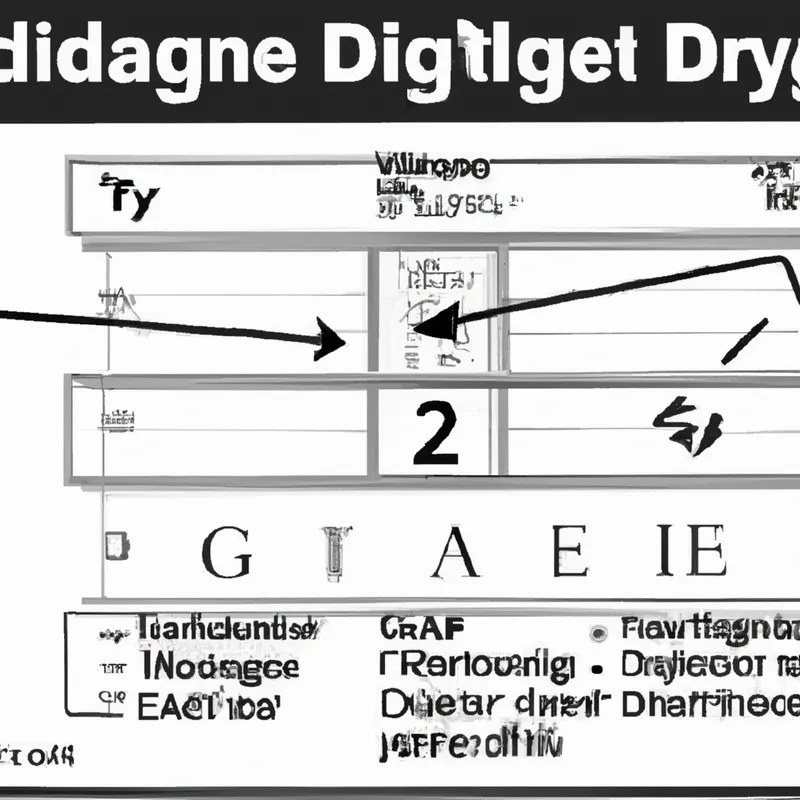


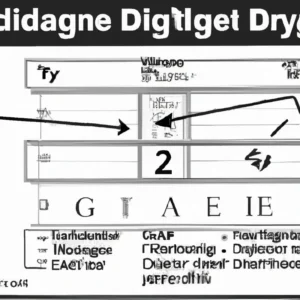







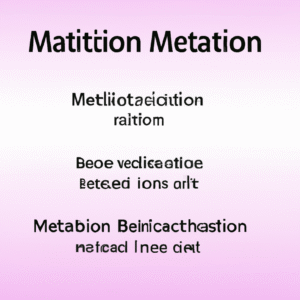
Post Comment